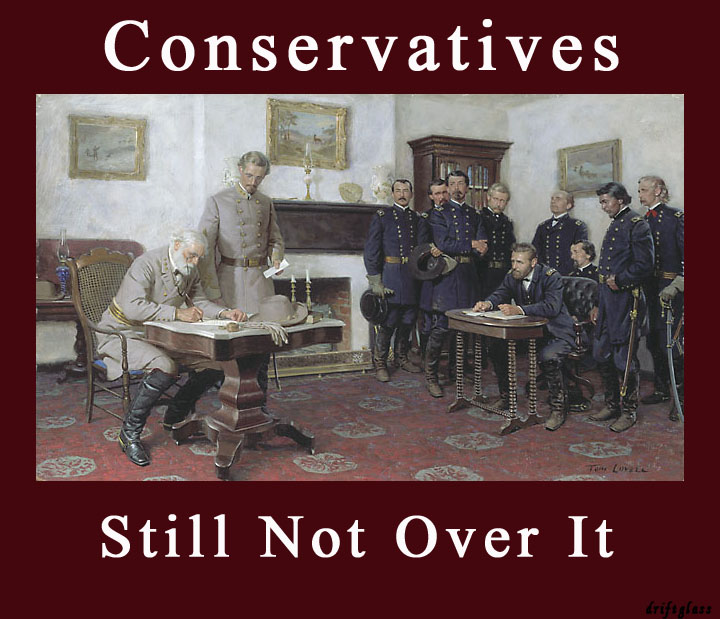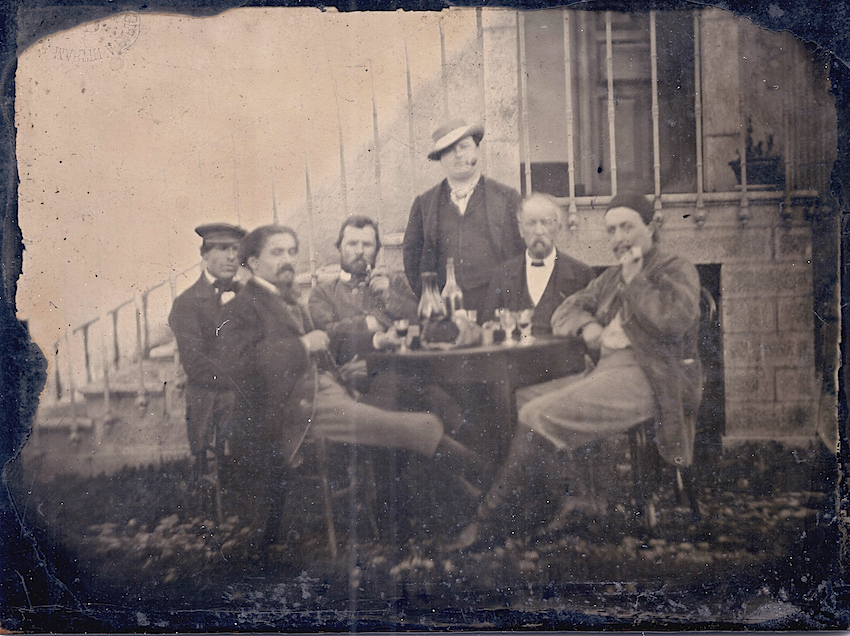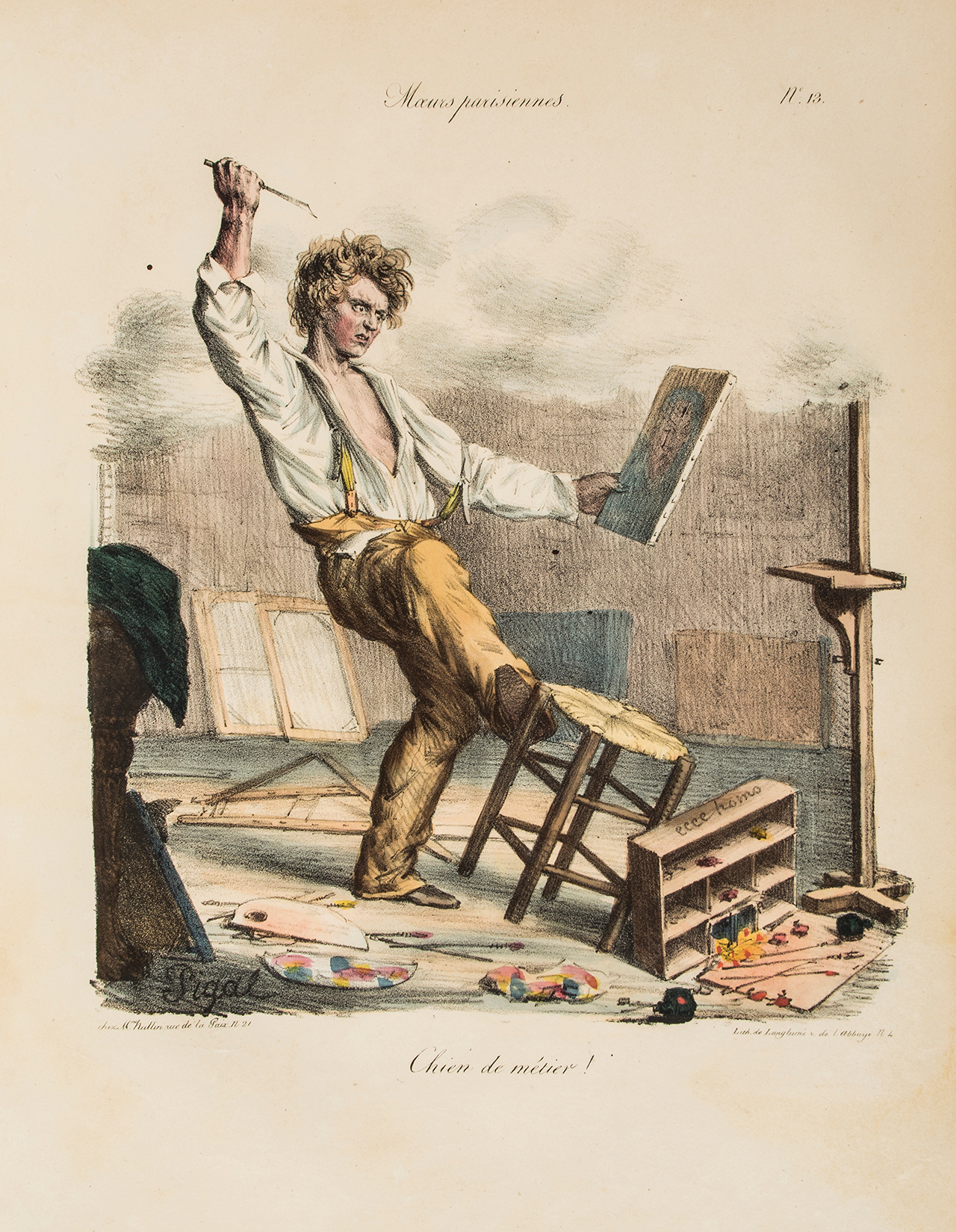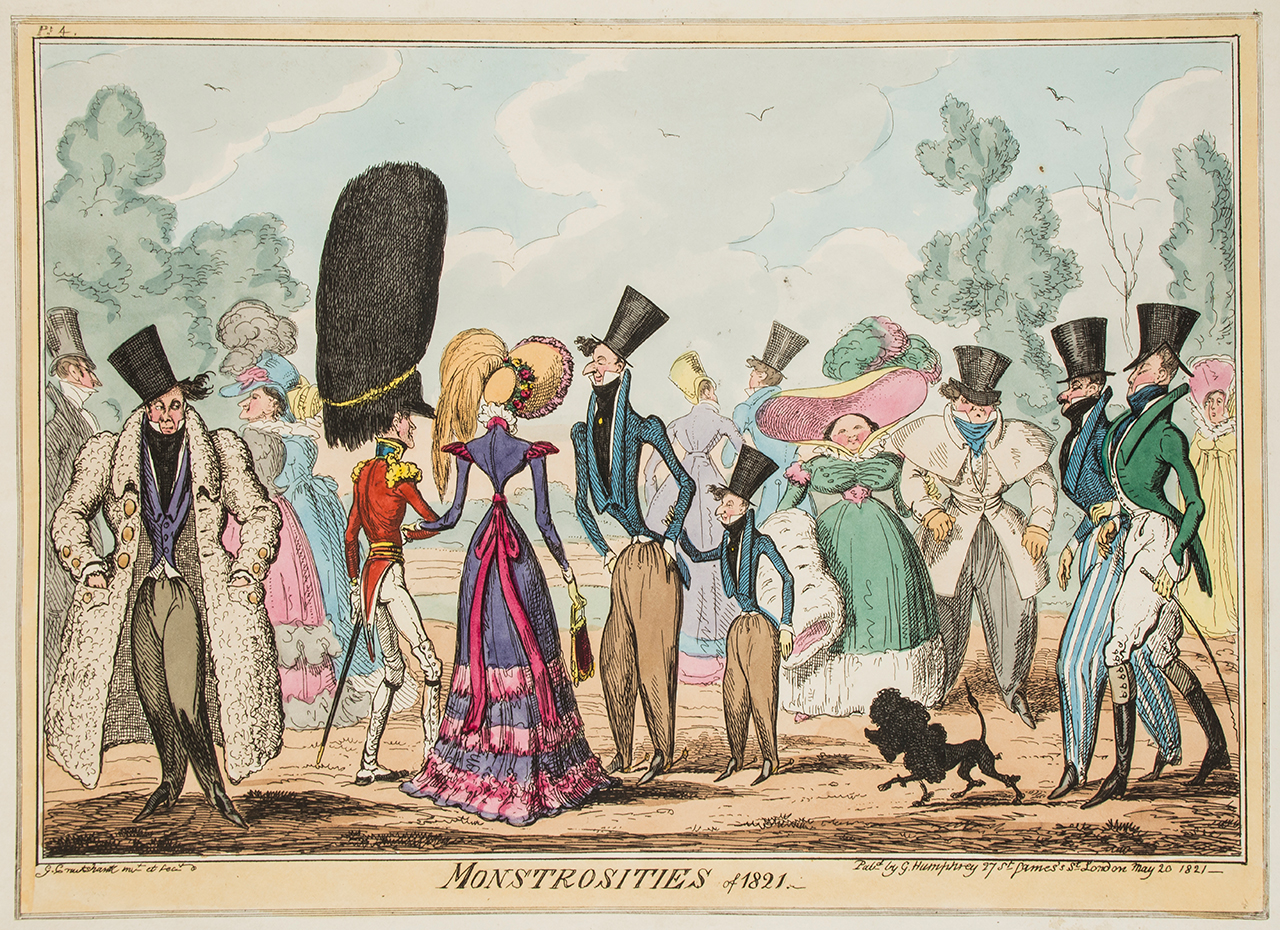
Front cover of “Spare Rib,” Issue 122, September 1982 (courtesy the British Library)
Art Movements is a weekly collection of news, developments, and stirrings in the art world.
The British Library uploaded every issue of the feminist zine Spare Rib (1972–93) online. Marsha Rowe, the co-founder of the magazine, told the Guardian that the British Library’s digitization project had given Spare Rib “a new lease of life.” “By making the magazine freely available over the internet, it can encourage women round the world to act together to change and be a resource in support of their struggle for rights and freedoms.”
Ed Miranda, a retired school bus company manager, vented his frustration on Facebook after reading a New York Times article about the Frick Collection’s display of Frederic Leighton’s “Flaming June” (1895). Miranda recalled seeing the painting at the Brooklyn Museum in the late 1970s, despite the fact that both the article and the Frick itself stated that the painting was on display in New York for the first time ever. Miranda’s recollection was subsequently verified by officials at the Museo de Arte de Ponce who confirmed that the painting was loaned to the Brooklyn Museum in 1979.
Workers at the Museum of Modern Art who are members of the United Autoworkers Local 2110 will vote on a new contract Monday.
Over 2,000 Israeli artists signed a petition condemning the Israeli government’s “anti-democratic” treatment of artists.
Israel’s first museum dedicated to Arab contemporary art opened on Wednesday. The Arab Museum of Contemporary Art’s first exhibition is entitled Hiwar (Arabic for dialogue).
A fire destroyed portions of the basilica of Saint-Donatien (built between 1872 and 1889) in Nantes, France.
Nepal’s government reopened several heritage sites despite the concerns of UN officials that the sites aren’t ready to accommodate visitors following the April 25 earthquake in which over 8,700 people died.
Fight4Aylesbury and Architects for Social Housing staged a protest outside the AJ120 Awards in London.
Pussy Riot member Nadezhda Tolokonnikova was detained by Russian authorities following a protest in Bolotnaya Square, Moscow. Tolokonnikova will write about her experience for Vice, where she was recently hired as an online columnist.

Pussy Riot’s Nadezhda Tolokonnikova was detained by Russian authorities last Friday. (via Facebook)
Archaeologists discovered artifacts from La Juliana, a Spanish Armada vessel that sank off the coast of County Sligo, Ireland, in 1588.
The Museum of Contemporary Art Detroit launched a Kickstarter campaign to fund a mural by Andrew Kuo for the museum’s Woodward Avenue façade.
Kent Twitchell announced that he will create a new version of his 1987 mural “Ed Ruscha Monument,” which was accidentally whitewashed in 2006. Meanwhile, part of a ten-story Michael Jackson mural Twitchell created in the early 1990s went on view today at the Museum of the San Fernando Valley.
The founding director of the Broad, Joanne Heyler, told the Wall Street Journal that the Broad Art Foundation is collecting work at the rate of almost one piece per week in anticipation of the Los Angeles museum’s grand opening in September. Recent acquisitions include Julie Mehretu’s “Invisible Sun (algorithm 8, fable form)” (2015) and Takashi Murakami’s 82 ft-long painting “In the Land of the Dead, Stepping on the Tail of a Rainbow” (2014).
The Louvre denied accusations that it discriminated against a group of Israeli students whose professor was denied a request for a group reservation.
Residents of Jean Nouvel’s 53W53 (aka the MoMA Tower) will be entitled to a number of MoMA-related perks including a benefactor membership worth $3,000. “You’d think people paying upwards of $3 million for an apartment could afford to buy their own $3,000 memberships if they wanted them,” writes Curbed’s Jeremiah Burdin, “but whatever.”
The authenticity of a painting believed to be by Peter Paul Rubens is in doubt after Christie’s apparently rejected the work. The piece, titled “The Monk,” is one of three Rubens paintings from the Alfred Beit collection at Russborough House that were controversially consigned to the auction house.

Ai Weiwei, “Straight” (2008-12), steel reinforcing bars, 600 x 1200 cm, Lisson Gallery, London (image courtesy Ai Weiwei, © Ai Weiwei) (click to enlarge)
“Straight” (2008–12), a 90-ton steel installation by Ai Weiwei, will soon become the heaviest sculpture ever displayed at the Royal Academy of Arts in London.
The Guardian published a photo essay documenting the current locations of the Serpentine Gallery’s annual summer pavilions.
Marlene Dumas was commissioned to paint an altarpiece for St. Anne’s Church in Dresden.
The non-profit Accabonac House transformed Willem de Kooning’s former East Hampton studio into a site for an artist-in-residency program.
The former London home of Indian politician and social activist Bhimrao Ramji Ambedkar will be turned into a museum.
Anita Thompson, the widow of Hunter S. Thompson, told The Cannabist that she intends to turn their home into a museum dedicated to the journalist and author.
A new bespoke font named “San Francisco” will replace Helvetica Neue as Apple’s default font.
The 25-year association between Kenwood House and the Hampstead Heath Decorative and Fine Arts Society was terminated following a row between Society members and Kenwood House employees. “But what began as a genteel gathering of art lovers,” Anita Singh reported in the Telegraph, “ended with the society being kicked out of Kenwood after a row about cold coffee, parking arrangements and a lack of seats in the restaurant.”
Transactions

Gian Lorenzo Bernini, “Bust of Pope Paul V” (1621), marble. J. Paul Getty Museum, Los Angeles (photo courtesy Sotheby’s) (click to enlarge)
The Getty Museum acquired a bust of Pope Paul V by Gian Lorenzo Bernini.
Governor Jerry Brown and state legislators authorized a budget of $8.3 million from California’s general fund to the California Arts Council.
The William G. and Marie Selby Foundation provided $250,000 to support a new center dedicated to Asian art at the John and Mable Ringling Museum of Art.
The Milwaukee Art Museum acquired Niki Johnson’s portrait of Pope Emeritus Benedict XVI, “Eggs Benedict.” The portrait is made from 17,000 condoms.
According to a study by the Indiana University’s Lilly Family School of Philanthropy, American’s donations to arts and culture rose 9.2% in 2014.
The Smithsonian Institutions’s Archives of American Art acquired the records of the OK Harris Gallery (1969–2014)

The exterior of the OK Harris Gallery, SoHo, New York City (1971) (via Facebook)
Transitions
The New York State Museum will undergo a four-year renovation of its galleries.
The Brooklyn Academy of Music plans to start a new public art program to visually unify its four separate sites in Fort Greene.
The Hessel Museum of Art and the CCS Bard Library and Archives will temporally close as part of a major facilities expansion.
William J. Chiego will retire as the director of the McNay Art Museum on September 30, 2016.
The San Diego Museum of Art eliminated five senior positions as part of a restructuring of its staff.
Elaine Wynn and Antony Ressler were elected the new board co-chairs of the Los Angeles County Museum of Art.
Paula Bacon Williams was appointed executive director of the Albany Museum.
Michelle Grabner will curate the Portland2016 Biennial of Contemporary Art.
The gallery Gavin Brown’s enterprise will relocate from Manhattan’s West Village to a former brewery in Harlem.
Accolades
A floor stone dedicated to Philip Larkin will be installed in Westminster Abbey’s Poet’s Corner.
Poet and journalist James Fenton will be awarded the Pen Pinter Prize on October 6.
The Walentas Family Foundation awarded the residents of the 2015–2016 Sharpe-Walentas Studio Program.
The Pew Center for Arts & Heritage announced the recipients of its 2015 grants.
Oliver Beer was awarded the 2015 Daiwa Foundation Art Prize.
Obituaries
Richard E.W. Adams (1931–2015), archaeologist.
Nek Chand (1924–2015), artist. Creator of the Rock Garden of Chandigarh in Chandigarh, India.
Charles Correa, architect (1930–2015).
Ezra Levin (1910–2015), architect. Designed the Odeon cinema in Leicester Square, London. Built the hut used by Sir Edmund Hillary on his climb up Mount Everest.
Jesús Moroles (1950–2015), sculptor.
Carl Nesjar (1920–2015), artist. Collaborated on a number of concrete sculptures with Pablo Picasso.
Patrick Lennox Tierney (1914–2015), monuments man and Japanologist.
Frank Zachary (1914–2015), magazine editor and art director.



































































 The Federal Communications Commission has just made it clear that customers can ask carriers to block illegal robocalls and spam messages for them -- and that telcos can legally do so. In a 3-2 vote, the commission has passed a proposal that makes it...
The Federal Communications Commission has just made it clear that customers can ask carriers to block illegal robocalls and spam messages for them -- and that telcos can legally do so. In a 3-2 vote, the commission has passed a proposal that makes it...
 Cuba's making it easier and cheaper for its citizens to get online by building out an island-wide network of WiFi hotspots. According to local paper Juventud Rebelde, the nation's state-run telecommunications company will open up internet access in 3...
Cuba's making it easier and cheaper for its citizens to get online by building out an island-wide network of WiFi hotspots. According to local paper Juventud Rebelde, the nation's state-run telecommunications company will open up internet access in 3...
























